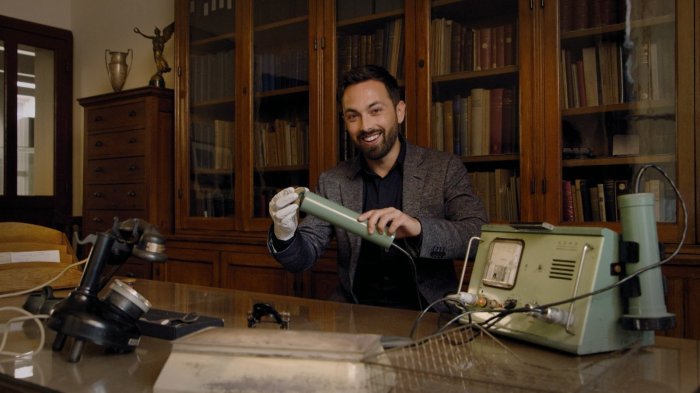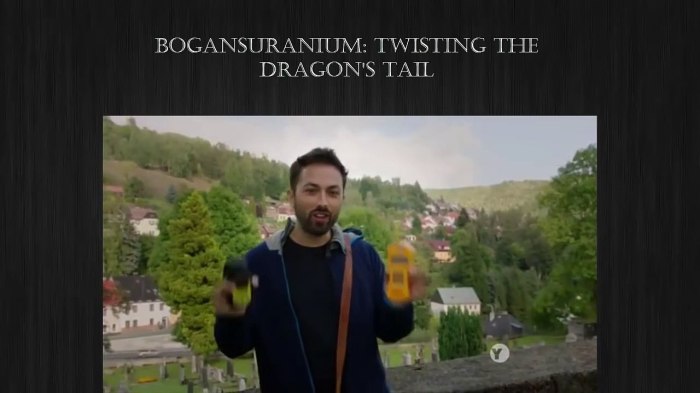Embark on an enlightening journey with our comprehensive guide, “Uranium Twisting the Dragon’s Tail Part 1 Worksheet Answer Key.” This meticulously crafted resource delves into the intricacies of nuclear science, exploring the historical significance of uranium, the principles of nuclear reactions, and the ethical implications of nuclear weapons.
As we unravel the complex tapestry of nuclear energy, we’ll trace its origins, delve into its applications, and examine the environmental and safety concerns associated with this powerful force. Prepare to be captivated as we uncover the profound implications of uranium’s role in shaping our world.
1. Introduction to Uranium Twisting the Dragon’s Tail Part 1
The “Uranium Twisting the Dragon’s Tail” worksheet is a comprehensive resource that delves into the historical, scientific, and ethical aspects of uranium and its role in nuclear energy and weaponry.
The concept of “uranium twisting the dragon’s tail” symbolizes the dual nature of uranium, its potential for both destruction and progress. Understanding this concept is crucial for grasping the complex issues surrounding uranium and its impact on society.
2. Historical Context and Background

Discovery of Nuclear Energy, Uranium twisting the dragon’s tail part 1 worksheet answer key
The discovery of nuclear energy in the early 20th century revolutionized our understanding of matter and energy. Scientists like Marie Curie, Albert Einstein, and Enrico Fermi made groundbreaking contributions that laid the foundation for nuclear technology.
Manhattan Project and Atomic Bombs
During World War II, the Manhattan Project was launched to develop an atomic bomb. Uranium played a central role in this project, as it was used as the fissile material in the first nuclear weapons.
3. Nuclear Reactions and the Atom: Uranium Twisting The Dragon’s Tail Part 1 Worksheet Answer Key
Nuclear Fission and Fusion
Nuclear reactions involve the splitting or combining of atomic nuclei. Fission, the splitting of heavy nuclei like uranium, releases enormous amounts of energy. Fusion, the combining of light nuclei, is the process that powers the sun and other stars.
Structure of the Atom and Uranium Isotopes
An atom consists of a nucleus surrounded by electrons. Uranium has several isotopes, including uranium-235 and uranium-238. Uranium-235 is the fissile isotope used in nuclear weapons and power plants.
4. The Manhattan Project and Nuclear Weapons

Development of the Atomic Bomb
The Manhattan Project was a massive scientific and engineering effort that brought together top scientists from around the world. The project successfully developed two types of atomic bombs: a uranium-based bomb and a plutonium-based bomb.
Ethical and Political Implications
The use of atomic bombs on Hiroshima and Nagasaki raised profound ethical and political questions. The devastating effects of nuclear weapons led to the establishment of international treaties and organizations aimed at preventing nuclear war.
5. Post-War Nuclear Legacy and the Cold War

Impact of the Atomic Bombings
The atomic bombings of Japan caused widespread destruction and loss of life. The bombings had a lasting impact on the global perception of nuclear weapons and the threat they posed.
Nuclear Arms Race and Nuclear Submarines
The Cold War between the United States and the Soviet Union fueled a nuclear arms race. Both countries developed nuclear submarines and other weapons systems, increasing the risk of nuclear conflict.
6. Nuclear Energy and its Applications
Nuclear Power Plants
Nuclear power plants use controlled nuclear fission to generate electricity. They are a low-carbon energy source that can provide a reliable supply of power.
Advantages and Disadvantages
- Advantages: low carbon emissions, reliable energy source, high energy density
- Disadvantages: high construction costs, radioactive waste disposal concerns, potential for accidents
Expert Answers
What is the significance of uranium in nuclear reactions?
Uranium is a fissile element, meaning its atoms can be split apart to release enormous amounts of energy through nuclear fission.
How did the Manhattan Project contribute to the development of nuclear weapons?
The Manhattan Project was a top-secret research and development program that produced the first atomic bombs during World War II.
What are the potential environmental impacts of uranium mining?
Uranium mining can release radioactive materials into the environment, potentially contaminating soil, water, and air.